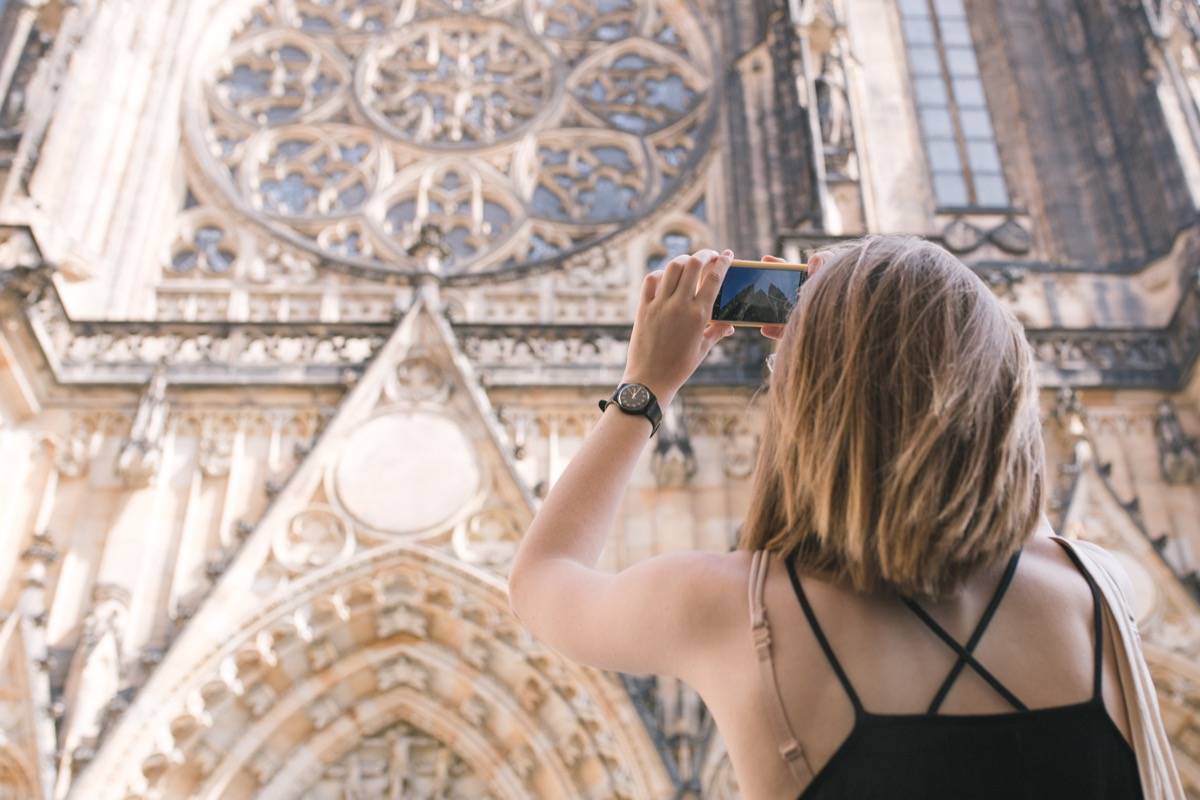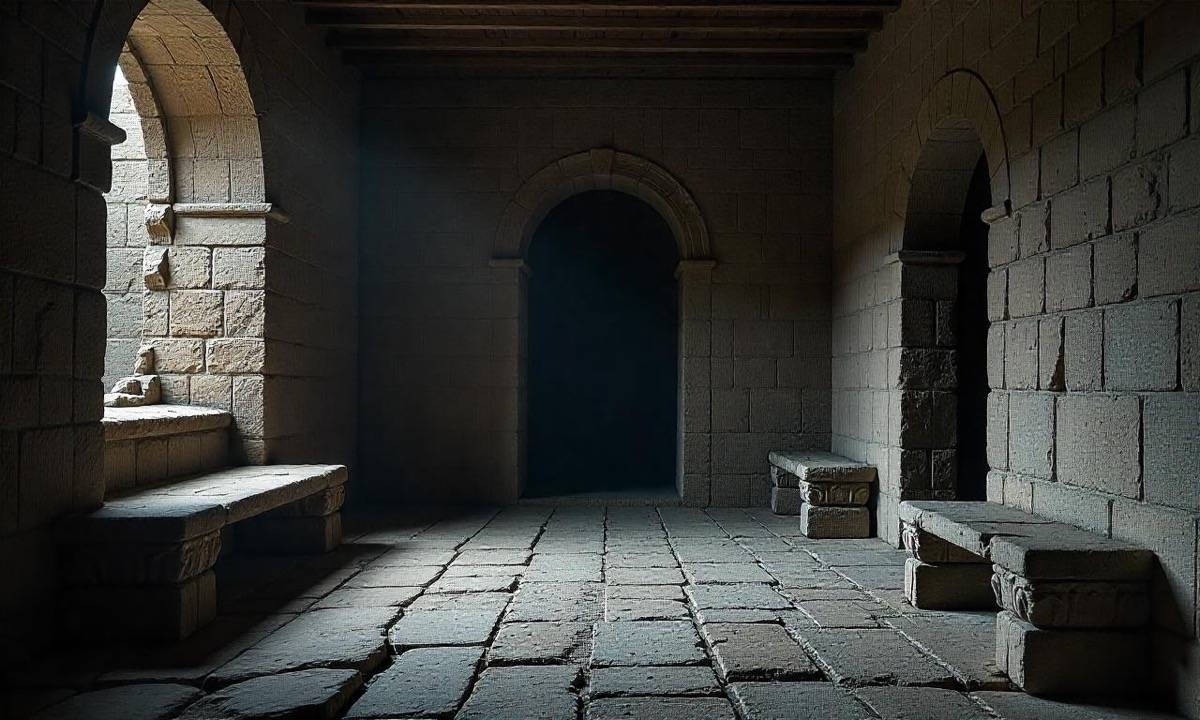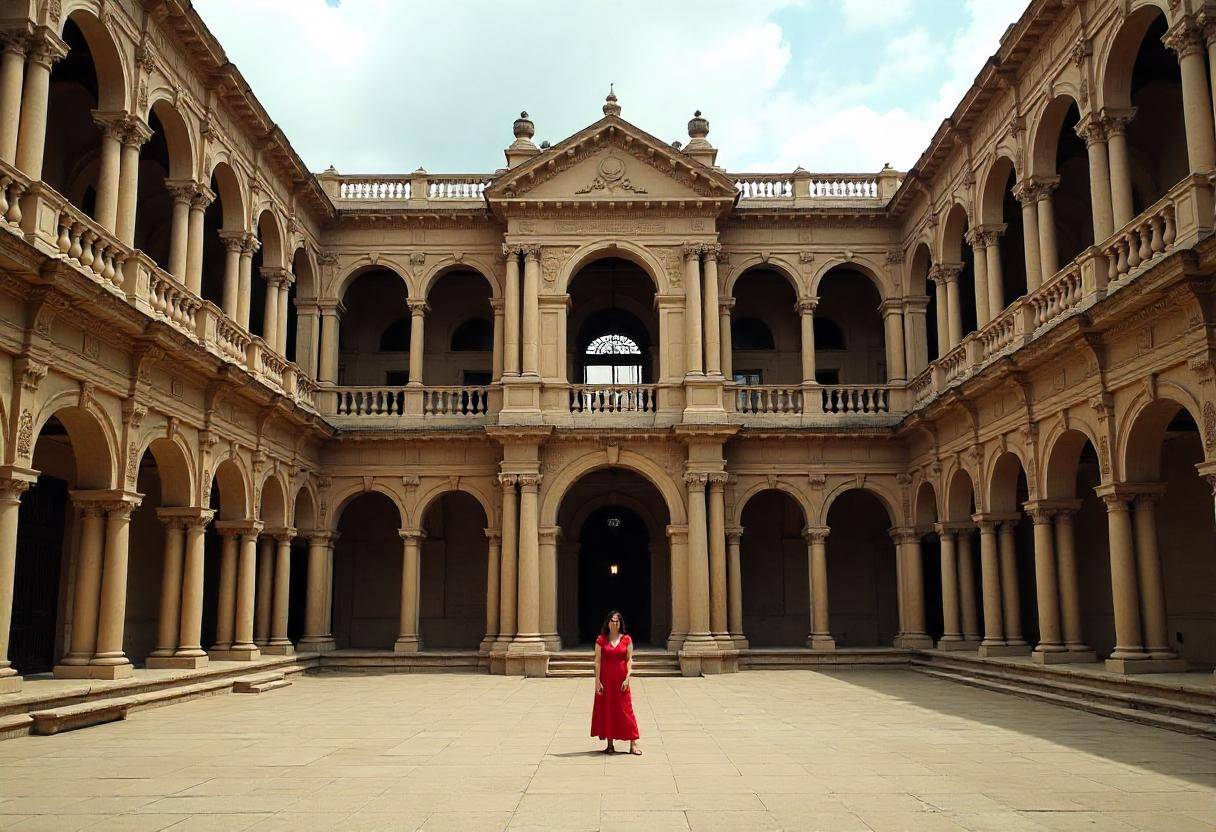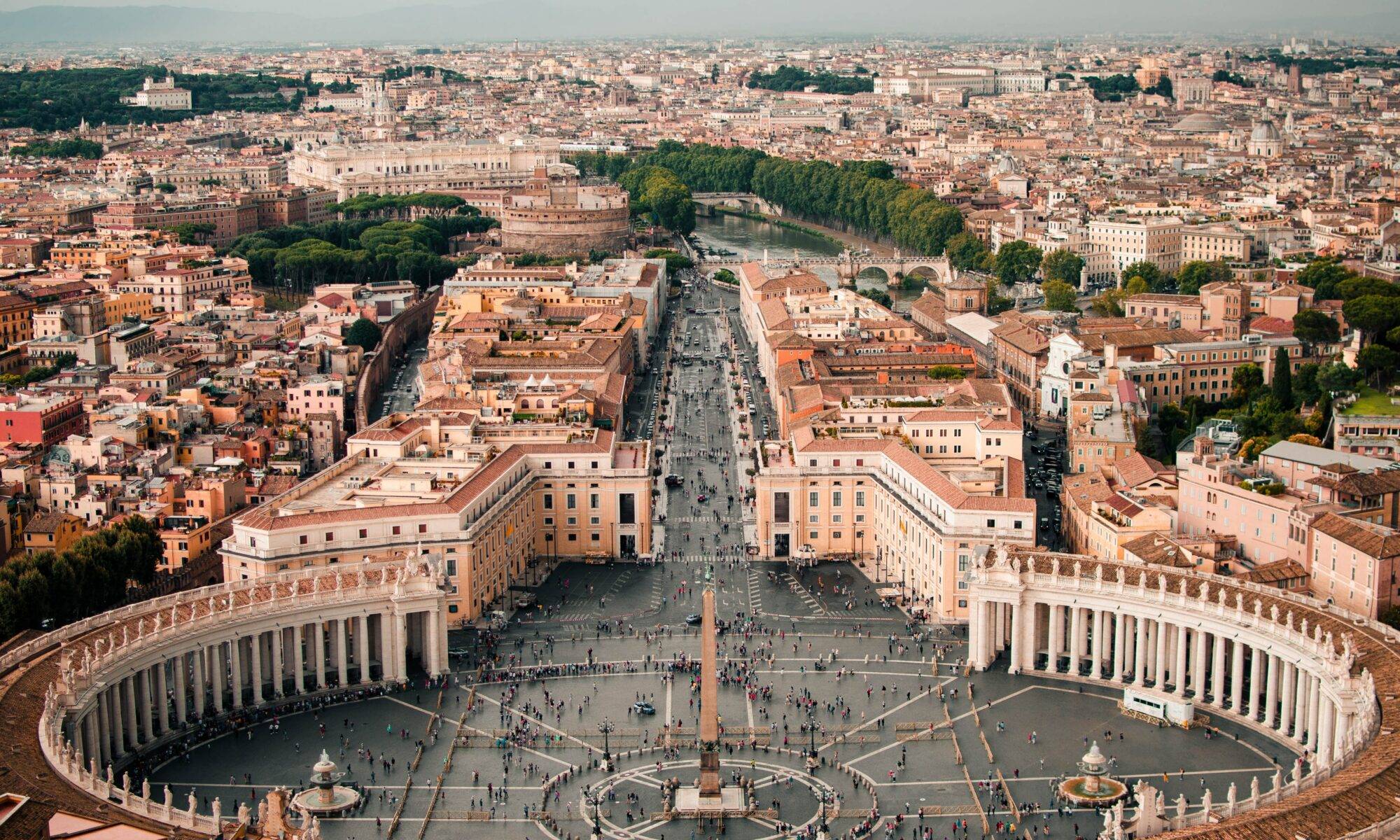Uncover Rome’s lesser-known treasures! Explore hidden gems that reveal the city’s rich history, artistry, and vibrant culture beyond tourist traps.
What if you could experience the essence of Rome beyond the bustling streets filled with tourists, where the echoes of history reverberate in lesser-known corners? This journey to uncover the hidden gems of Rome offers a distinctive view of a city comforted by its storied past, yet vibrant with contemporary life. Each of these remarkable locations holds tales waiting to be told, providing insights that go beyond the famous landmarks.
Basilica di San Clemente
A Layered History
The Basilica di San Clemente is more than just a church; it is a historical narrative carved in stone and brick. Located merely a stone’s throw away from the Colosseum, this basilica embodies several architectural styles, prominently featuring Romanesque elements. The structure exists on three distinct levels that recount over 2,000 years of Roman history.
When you enter, you are greeted by sumptuous mosaics, depicting Christ as the Good Shepherd. However, the true allure lies beneath your feet—an intricate network of underground ruins that include a pagan temple and an ancient Roman house. As you navigate these subterranean spaces, you will gain a unique perspective on how Rome evolved through the ages. Each layer reveals the complexities of Roman life and religious practices, allowing you to step back in time.

Antica Fabbrica del Cioccolato
A Taste of Artisan Craftsmanship
Nestled in the charming Trastevere neighborhood, Antica Fabbrica del Cioccolato stands as a testament to the city’s vibrant artisan culture. Famous for its artisanal chocolate-making, this hidden gem provides an intimate view into the world of sweet indulgence.
You could take a guided tour that not only demonstrates the chocolate-making process but also immerses you in its rich history. Each step from bean to bar is meticulously explained, revealing the secrets behind Rome’s favorite sweet treat. After the tour, treat yourself at the café, where you can sample an array of delectable chocolates made on-site. Whether you prefer dark, milk, or white chocolate, you will find an enticing selection that caters to your taste buds.
Villa Torlonia
A Serene Escape
Villa Torlonia, a historic park previously owned by the affluent Torlonia family, is a real treasure set away from the usual tourist path. With its lush gardens and stunning architectural features, the villa invites you to unwind amidst nature’s beauty.
As you stroll through the park, you come across the Casina delle Civette, or House of the Owls, characterized by its whimsical design and stained glass. The villa not only offers beautiful landscapes but also houses various exhibitions that unveil its rich history and relevance in Roman culture. It serves as a picturesque backdrop for leisurely walks, picnics, or simply a moment of reflection amid the greenery.

Mithraeum of Circus Maximus
An Ancient Sanctuary
Unbeknownst to many, the Mithraeum of Circus Maximus is an underground temple dedicated to the ancient god Mithras, hidden amidst the ruins of one of Rome’s most famous venues. This sanctuary allows you to delve into the mysteries of Roman religious practices.
As you enter, the coolness of the underground space envelops you, and you encounter frescoes and artifacts that shed light on the worship that once took place here. The thematic depictions showcase the rituals of the Mithraic cult, unveiling insights into the spiritual life of ancient Romans. This sacred site provides a serene atmosphere, offering a stark contrast to the frenzy of the city above.
Monte Testaccio
An Archaeological Marvel
Monte Testaccio is an artificial hill that tells an extraordinary story through its composition. Built entirely from the shards of discarded Roman amphorae, this site symbolizes the bustling trade that flowed through ancient Rome.
As a history enthusiast, standing atop this hill brings a profound appreciation for the daily lives of Romans who once thrived here. The Testaccio district, where the hill is located, is vibrant with local markets and traditional eateries, making it an ideal area to immerse yourself in the culinary delights of Rome. You’ll find comfort in the knowledge that you are walking in the footsteps of those who crafted, traded, and celebrated life centuries ago.
Parco degli Acquedotti
Nature Meets History
When you visit Parco degli Acquedotti, you enter a tranquil oasis that seamlessly blends history with the natural world. This park showcases the remnants of ancient aqueducts, marvels of engineering that once provided Rome with water, and a testament to the city’s innovative spirit.
As you walk along the paths lined with lush greenery, you will be captivated by the sight of towering aqueduct arches that stand as guardians of a bygone era. The park offers spaces for picnicking, leisure walking, and absorbing the serene environment. It serves as a perfect retreat from the city’s chaos, inviting you to engage with both its historical significance and natural beauty.
Borghese Gallery and Gardens
An Artistic Retreat
The Borghese Gallery is a different artistic arena that stands in contrast to the often-crowded Vatican Museums. Housing an impressive collection of Renaissance art, the gallery is nestled within beautifully landscaped gardens, creating a setting that feels both intimate and expansive.
Upon entering, you are greeted by masterpieces from renowned artists such as Caravaggio, Raphael, and Bernini. The arrangement of art pieces invites you to observe them closely, enhancing your appreciation of their beauty without the pressure of large crowds. After savoring the art, you can wander the surrounding gardens, where paths lead to tranquil ponds, statues, and manicured hedges, offering both visual delight and a peaceful ambiance.

Palazzo Altemps
A Hidden Venue of Ancient Art
Palazzo Altemps, a Renaissance palace, serves as a lesser-known venue for ancient sculptures and artifacts that reveal a wealth of cultural significance. When you step into its opulent halls, you are entering a world rich in history.
On display are remarkable works, including the famed Ludovisi Throne and the Ludovisi Gaul, each holding stories that speak of ancient Rome’s artistic and societal values. The palace itself, with its striking architecture and tranquil courtyards, creates a captivating atmosphere conducive to introspection. By visiting Palazzo Altemps, you position yourself to appreciate the artistry that flourished in a civilization that profoundly shaped the Western world.
Conclusion
Tapping into the hidden gems of Rome significantly enhances your experience of this historical city. The quiet allure of places like the Basilica di San Clemente and the intimate chocolate-making at Antica Fabbrica del Cioccolato provide insights that go far beyond the common tourist trail. Each site enriches your understanding of Rome’s layered history while allowing you to connect more deeply with its culture.
As you traverse through serene parks, marvel at ancient structures, and reflect on the artistic genius flourished in its museums, you unveil the complexity of a city that has borne witness to millennia. Opting for these hidden attractions prompts a richer narrative of your journey, transforming your visit to Rome into an unforgettable exploration of its past and present. The treasures that lie off the beaten path await your discovery, inviting you to engage with the city in a more meaningful way.


